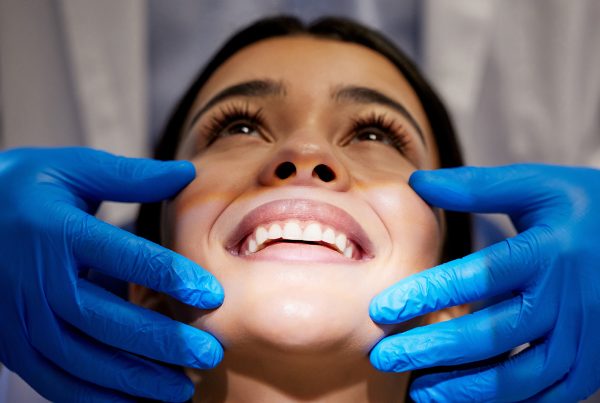Hair transplantation is an important aesthetic procedure that creates positive effects on both the appearance and self-confidence of the person. However, not only the operation itself, but also the healing process afterwards plays a major role in the success of this process. The healing process directly affects the long-term permanence as well as the healthy growth of hair. Therefore, it is very important to have information about the process after hair transplantation.
The first 72 hours immediately after the operation is the most critical period of recovery. In this process, the scalp should be very careful for the hair follicles to settle in a healthy way. Symptoms such as mild bleeding, redness or edema may occur and this is quite normal. The bandage used on the head is usually removed on the first day. It is very important to use the medication prescribed by your doctor regularly, especially against the risk of infection. In addition, keeping the head elevated while sleeping for the first few nights helps to reduce edema.
In the second phase, which starts after the first three days, a scabbing process is usually observed. Small scabs begin to form on the transplanted areas and this is a natural part of healing. The first hair wash is usually done by the doctors at the clinic on the 2nd or 3rd day. Afterwards, you will continue to wash your hair yourself with special shampoos recommended by the doctor and carefully. You usually do not use your fingernails, you only need to massage them gently with the palm of your hand. There may be some itching during this period, but care should be taken not to pick the scabs.
Between the second and fourth week after the operation, you will experience a temporary hair loss known as “shock hair loss”. This is the loss of only the outer part of the hair, not the transplanted hair strands; the hair follicles remain in place. This phase may cause panic in many people, but it is a completely normal and temporary process. It is also quite possible to experience scalp dryness or itching during this period. Moisturizing lotions recommended by the doctor can be very helpful in this regard.
No visible change should be expected during the first three months. During this period, the hair follicles are in the process of building underground and the new hair that grows is usually weak and thin. However, this process is the basis for the hair to strengthen and gain a natural appearance. In order to support healthy hair growth, it is important to sleep regularly, eat a balanced diet and avoid habits that slow down recovery such as smoking and alcohol.
From the fourth month onwards, new hair strands become more prominent. The hair becomes thicker day by day and the gaps begin to decrease. This period relaxes the person both physically and psychologically. After the sixth month, the effect of hair transplantation becomes more evident. The hair becomes thicker and more natural looking. In some people, this process may continue until the 12th month. In other words, about a year is needed to see the full result.
There are some general points to be followed during the healing process. Especially in the first month, heavy sports and activities that will make you sweat and tire you should be avoided. Avoid direct exposure to the sun, wear a hat if necessary or stay in the shade. Habits that affect blood circulation such as smoking and alcohol can also negatively affect the nutrition of hair follicles. Supportive products and vitamins recommended by your doctor can accelerate this process.
In conclusion, the healing process after hair transplantation requires patience, sacrifice and conscious care. Since each person’s body and hair structure is different, the process may differ from person to person. However, with the right care and expert support, it is possible to achieve natural, permanent and satisfactory results.









